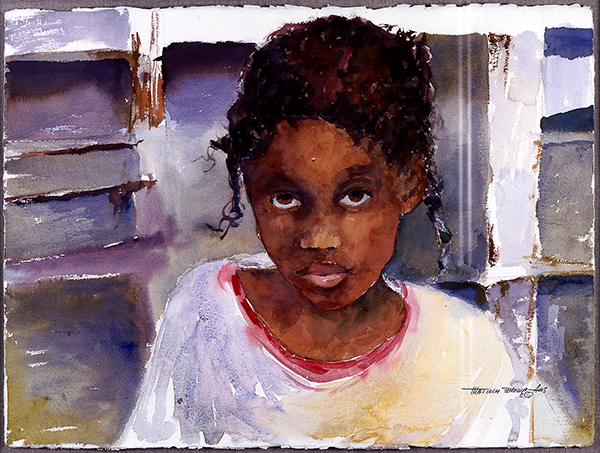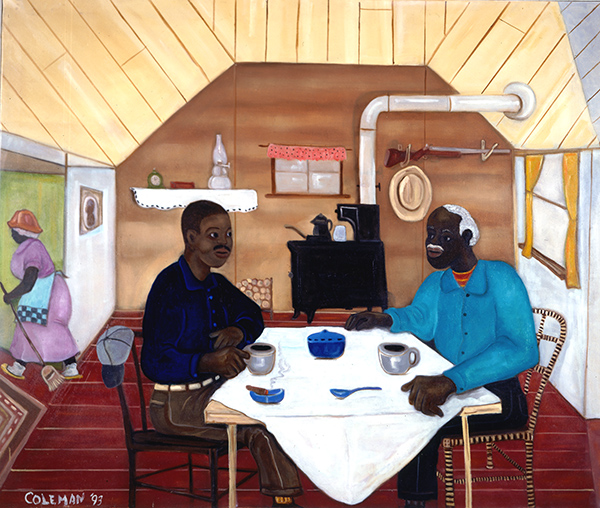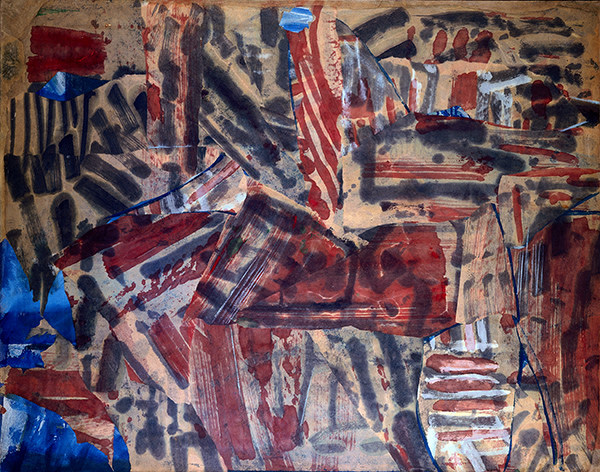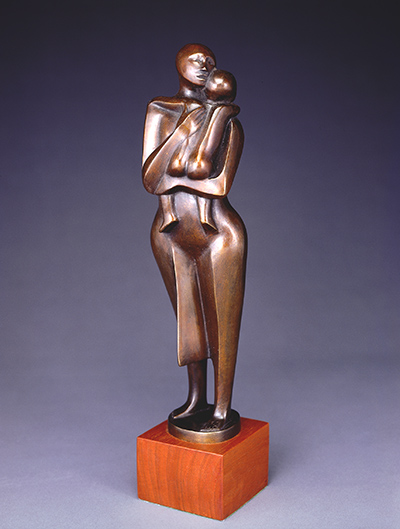Grant Hill exploded on the NBA scene in 1994, quickly winning the Rookie of the Year Award (with Jason Kidd). By his sixth season, Hill averaged 25.8 points per game.
Hill’s career would be ruined by injuries, limiting his greatness. Still, he played 18 years in the NBA, being named to seven All-Star teams and five All-NBA teams.
Hill retired after the 2012-13 season, and since then, he has moved into a successful broadcasting career with NBA TV and CBS. He also became a co-owner of the Atlanta Hawks in 2015, when a group he’s a part of bought the Hawks for $850 million.
When Hill isn’t working at NBA TV or following his Atlanta Hawks, he is busy diving deep into his hobby. What hobby does Grant Hill have, you ask? Hill loves to collect expensive and fancy art pieces, mostly centered around African American life in the 20th century.
Grant Hill’s Art Collection
Grant Hill has loved art ever since he was a little kid. He grew up in a privileged home since his father is former NFL running back Calvin Hill.
Hill’s parents were art collectors themselves, which is what made him intrigued by art pieces. Today, Hill has over 120 pieces of art, most of which are stored away since he can’t fit them all in his home.
In this article, we won’t dive into every piece of art he owns. What we will do is take a look at a few of Grant Hill’s most interesting pieces of artwork in his collection.
Malcolm Brown, Innocence. Watercolor. 30 x 37 1/2 inches, 1991

The first painting up in Grant Hill’s collection is called Innocence by Malcolm Brown. This painting was done in 1991, and it shows a young African American girl gazing forward with what appears to be a house behind her.
The painting represents the innocence of young African American girls throughout the United States. It’s a powerful image knowing the history of African American girls and their struggle growing up in America.
John Coleman, Coffee Break. Oil On Canvas. 30 x 36 inches, 1993

The next piece in Grant Hill’s art collection is an oil painting done by self-taught artist John Coleman. The painting is of two older African American men taking a coffee break in their small home as a woman tidies up the house in the background.
Hill enjoys seeing how people in his culture had lived in the past, and he’s spoken about this, as well.
“When you go back 40-50 years, you see what the artists saw,” Hill said. “What they experienced, and the progress we’ve made. Art is a snapshot from the eyes of the artist. As someone who has always been curious about history, it has been an incredible experience.”
There’s something about enjoying fine arts, as well as learning about your culture, that is satisfying in life. This is what Hill enjoys, and it’s good to see him sharing it with the world.
Romare Bearden, Number 9. Oil On Rice Paper On Canvas. 44 1/8 x 56 inches, 1960

Romare Bearden is the painter of Grant Hill’s next piece, titled Number 9. Bearden struggled to find success at first, as it was tough for all African Americans to find success in any field back in the 1930s and 1940s.
He would break through, and his artwork would end up in a Washington D.C. mainstream gallery in 1944. Bearden would ultimately be honored for his artwork, which heavily told the stories of African Americans living in the United States.
In 1987, one year before he passed away, Bearden was awarded the National Medal of Arts by President Ronald Reagan. This is one of the reasons why Bearden’s work is a must-have in Hill’s collection.
The piece Hill has, Number 9, is an oil painting with a unique design that catches your eye as soon as you glance at it. Hill has good taste, not only in art but also in honoring past pioneers in the African American community.
Elizabeth Catlett, Standing Mother And Child. Bronze, 1978

The bronze statue titled Standing Mother and Child is a unique piece of art by a unique artist. The artist, Elizabeth Catlett, was an African American woman who wanted to break the barriers of what an African American woman could do back in the 1940s.
There was a lot of pushback for her work, and she ended up moving to Mexico, where her art really took off in popularity. In America, she was looked at as some sort of troublemaker since she was heavily into activism against the treatment of African Americans in America.
Catlett was eventually declared an “undesirable alien” and was barred from returning to the United States. This didn’t affect her art, which wound up in the Studio Museum in Harlem.
Hill appreciates Catlett’s courage to not back down to adversity and to be able to create incredible pieces of art.
“One of the things that we feel is important with regards to young boys and girls of color, we wanted to show them examples of people who are like them, and who are capable of producing museum quality work,” Hill said. “It doesn’t have to be about sports or entertainment; there are other ways of making it in the world.”
Hill has tried to follow in Catlett’s footsteps, and I think he has succeeded. He has proved to people that even if things don’t go according to plan, you can still be successful.
Hill’s injuries may have changed the course of his playing career, but that didn’t stop him from finding success, which continues to this day. It shouldn’t stop you from finding your success, as well.
So, be like Grant Hill. Go for your dreams, never give up, and inspire those around you. That’s the best piece of art, living a life worth remembering.
We sincerely appreciate and respect you as a reader of our site. It would help us a lot if you follow us on Google News because of the latest update.
Thanks for following us. We really appreciate your support.



















